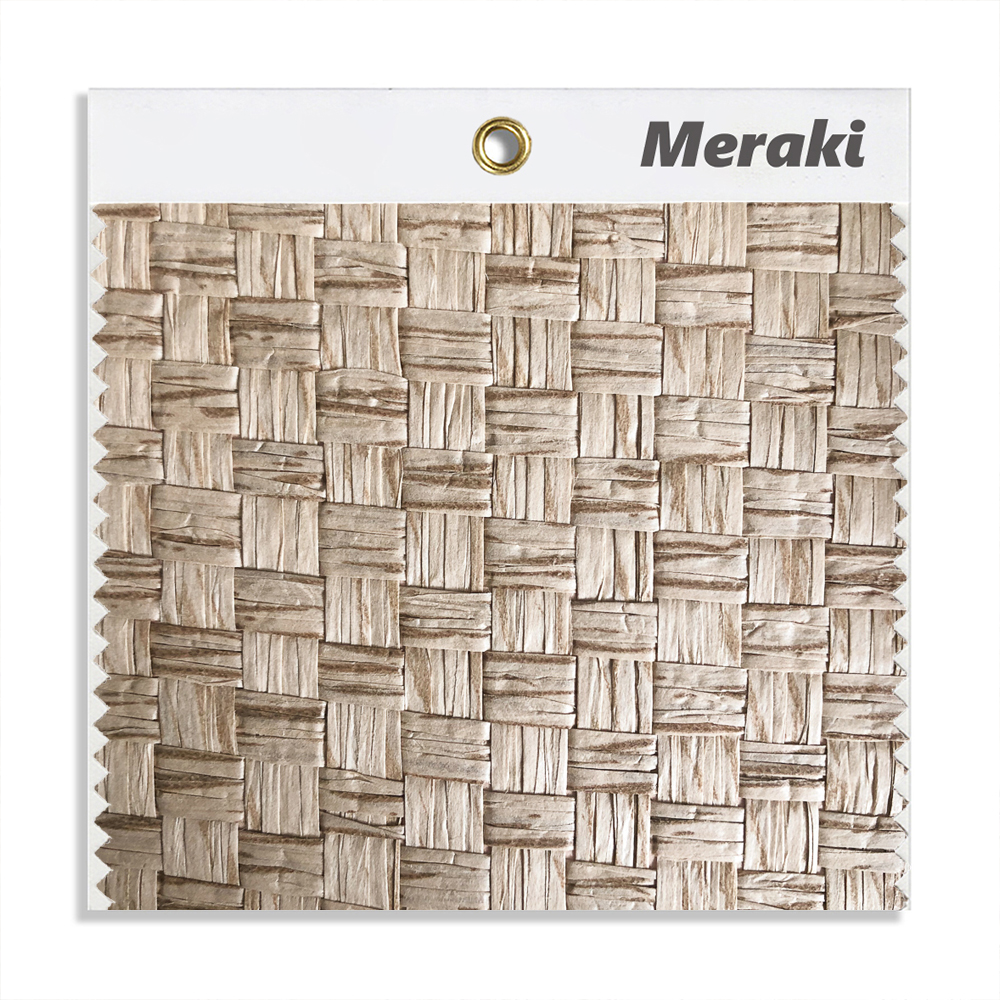Introduction to Silk Wallpaper Installation
Silk wallpaper adds a touch of luxury and elegance to any room, providing a sophisticated backdrop that is both refined and timeless. Installing silk wallpaper requires precision and attention to detail, ensuring the delicate material is handled correctly. This comprehensive guide will walk you through the installation steps, helping you achieve a flawless finish.
Gathering Necessary Tools and Materials
Essential Tools for Installation
Before commencing with the installation, it's crucial to gather all the necessary tools. These include a wallpaper smoother, a sharp utility knife, a tape measure, a level, a seam roller, and a sponge. Ensuring you have these tools on hand will streamline the process and help you achieve professional-grade results.
Selecting Quality Wallpaper and Adhesive
Silk wallpaper is available in various patterns and colors. Custom options are often sourced from manufacturers in China, renowned for their craftsmanship. Additionally, selecting the right adhesive is vital. A high-quality wallpaper paste suitable for delicate materials should be used to prevent damage to the silk fabric.
Preparing the Wall Surface
Cleaning and Priming the Walls
A well-prepared wall is essential for a successful installation. Begin by cleaning the walls thoroughly to remove any dust or debris. Once clean, apply a primer to ensure the wall is smooth and suitable for adhesive application. A primer also helps in absorbing minor wall imperfections, providing a perfect base for the silk wallpaper.
Ensuring the Wall is Dry and Smooth
After priming, allow the walls to dry completely. Check for any imperfections, and if necessary, sand the walls lightly to achieve a perfectly smooth surface. The smoother the wall, the better the silk wallpaper will adhere, enhancing the overall appearance.
Measuring and Cutting the Wallpaper
Accurate Measurements for Perfect Fit
Precision is key when measuring the wallpaper. Use a tape measure to determine the height and width of the wall. Ensure to leave an extra margin of about 5 cm on each side to account for any adjustment needs. This extra length can be trimmed at the final stage.
Cutting Techniques for Silk Wallpaper
Once measurements are confirmed, unroll the silk wallpaper on a clean, flat surface and cut according to your measurements. Use a sharp utility knife to ensure smooth and clean edges. Remember, silk is delicate, so handle it carefully to avoid fraying or tearing.
Applying Adhesive Properly
Choosing the Right Adhesive
Using the correct adhesive is crucial for the durability of silk wallpaper. Consult with your supplier or manufacturers in China for recommendations on the best adhesive for your specific wallpaper type. The adhesive should be suitable for delicate fabrics to prevent any chemical reactions or damage.
Application Techniques
With a brush or roller, apply the adhesive evenly across the back of the wallpaper. Pay special attention to the edges to ensure they are adequately covered. Allow the adhesive to become tacky before proceeding to the next step; this usually takes a few minutes but check the manufacturer's instructions for precise timing.
Hanging the First Strip of Wallpaper
Aligning the First Strip
Begin with the most visible corner of the room. Use a level to ensure that the first strip is perfectly vertical, as this will guide the subsequent strips. Position the wallpaper at the top of the wall, allowing the extra margin at the top and bottom.
Smoothing Out Bubbles
Gently smooth out the wallpaper using a wallpaper smoother, starting from the center and moving outward. This action helps remove air bubbles and ensures the wallpaper lies flat against the wall. Take your time during this process to maintain the integrity of the silk material.
Handling Corners and Edges
Dealing with Internal Corners
For internal corners, it's advisable to cut the wallpaper slightly wider than needed. Install it into the corner, then trim the excess. Ensure the wallpaper is well-adhered to prevent peeling over time.
Managing External Edges
When dealing with external corners, carefully wrap the wallpaper around the corner and ensure it is securely attached. Use a seam roller to press the edges down firmly, ensuring a seamless join between strips.
Dealing with Seams and Overlaps
Ensuring Seamless Joints
Seams should be almost invisible. Match the pattern precisely and use a seam roller to press the edges together firmly. This will ensure a smooth and continuous look across the wall.
Trimming Excess Material
Trim any excess margins at the top and bottom of the wall using a sharp utility knife. Use a straightedge to guide the cut for a clean finish. Accurate trimming will enhance the wallpaper's look and maintain the overall aesthetics.
Finishing Touches and Trimming
Final Inspection and Touch-ups
Conduct a thorough inspection of the wallpaper, checking for any loose edges or air bubbles. Smooth out any imperfections using a seam roller, ensuring all edges are neat and secure.
Cleaning Up the Workspace
Once the installation is complete, clean up any adhesive spills immediately using a damp sponge. Cleaning should be gentle to avoid damaging the silk texture. Dispose of any waste materials responsibly.
Maintenance and Care for Silk Wallpaper
Proper maintenance will prolong the life of silk wallpaper. Regular dusting using a soft cloth or vacuum cleaner with a brush attachment helps maintain its beauty. Avoid using harsh cleaning agents, as they may damage the delicate silk fibers.
Meraki Provide Solutions
For those seeking professional assistance, Meraki offers comprehensive installation solutions tailored to your specific needs. With experience in handling custom orders from manufacturers in China, Meraki ensures that the silk wallpaper installation is executed with precision and care. Our team is dedicated to delivering exceptional results that enhance your interior aesthetics, providing a seamless installation experience.
User hot search: silk wallpaper for walls
Post time: 2025-08-23 18:23:04


